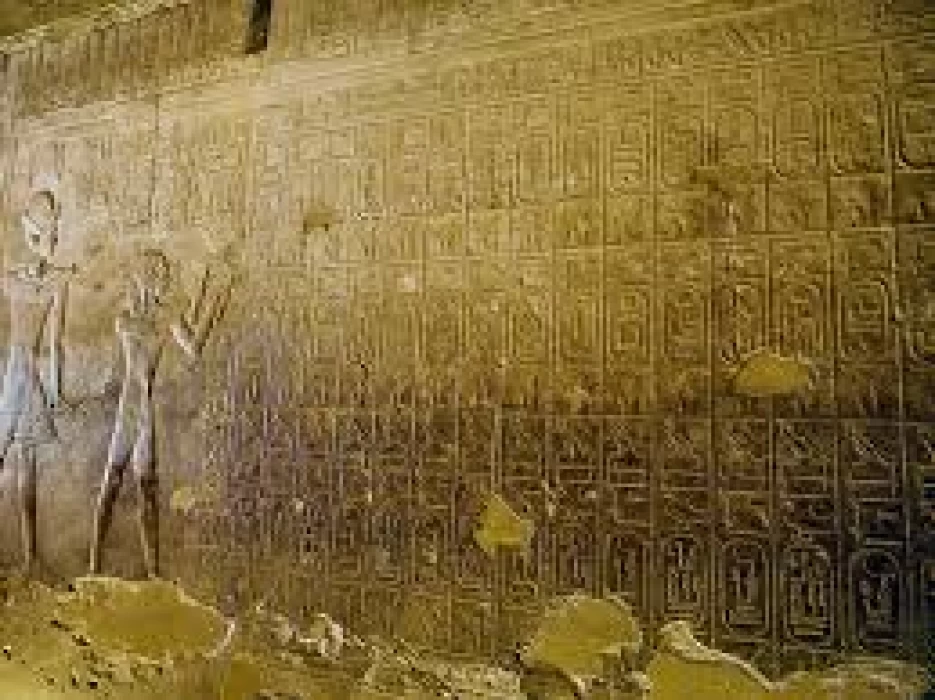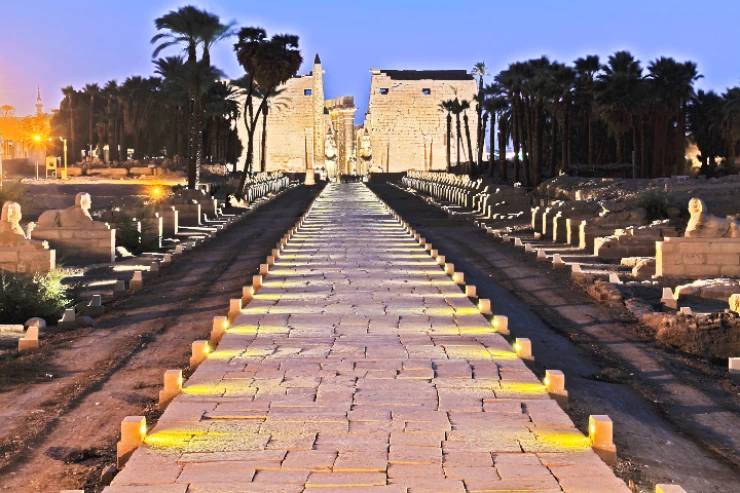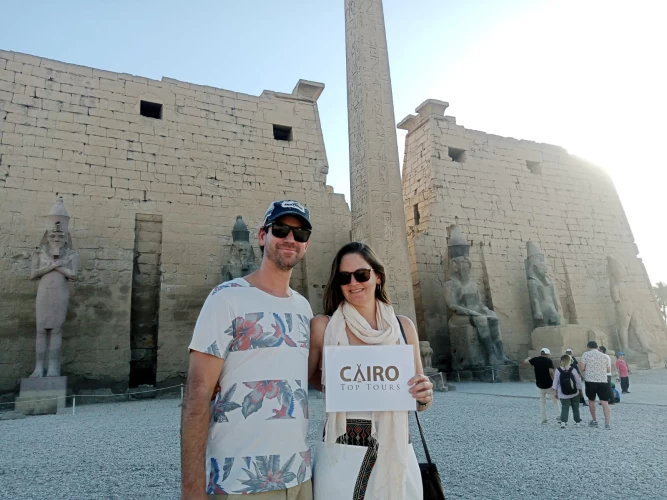
The Twenty-First Dynasty in Ancient Egypt
The Twenty-First Dynasty in Ancient Egypt
Manetho leads his 21st dynasty of the seven rulers of Tanis, Smendes, a pronunciation of Nesbanebded that hits the mark. Smendes, as a native of Djed, could not have had any personal right to the throne, and it seems obvious that he owed the royal title not only to his strong character but also to his wife Tentaman; evidently, this woman was the link between Thebes and Tanis. It is strange, however, that Thebes has so meekly accepted Tanis' supremacy.
The only remaining document from the kingdom of Smendes is a very damaged inscription on a pillar in the quarry of Gebelen, which tells how this pharaoh, while he was in his palace in Memphis, decided to honor himself with some act of piety. Having been told that a colonnade built by Tuthmosis III in Luxor was subject to dangerous floods that rose to the roof, the king sent three thousand workers to cut the stones necessary for the restoration.
Psusennes was the second king of the 21st dynasty. His name means " The Star that rose in Thebes ", rather unusual for a pharaoh who reigned only in the north of Egypt. How curious it is also the fact that in Tanis Psusennes I, he often bears the epithet of " High Priest of Amun-Ra ", and that among all his titles the expression "great of monuments in Ipet-eswe" also appears once (i.e. in Karnak).
According to Manetho, Psusennes reigned for 26 years, but his reign was likely to be longer. Like all rulers of the 21st dynasty, he was not buried in Biban el-Muluk; his grave was unearthed in Tanis. This sepulcher is a miserable and modest construction when compared to the large underground tombs west of Thebes, not to mention the imposing pyramids of ancient times.
Twenty-first dynasty: from 1085 to 950 BC. M
- Nesubandah (Sundus)
- Herihor
- Basib Khenou I
- Bai Nzm first
- Amnem Opt
- Sia Moon
- Bseib Khenou II
Latest Articles
Admin
Seabourn Sojourn Cruise Stops in Safaga Port
The Seabourn Sojourn, the flagship vessel of Seabourn Cruise Line's ultra-luxury fleet, was built in 2008 at the T. Mariotti shipyard in Genoa, Italy. Measuring 198 metres, it can accommodate up to 450 guests in its 225 spacious all-suite staterooms.
Admin
Norwegian Sky Cruise Stops in Safaga Port
Norwegian Cruise Line operates a cruise ship called the Norwegian Sky. It was constructed in 1999 and can accommodate 2,004 passengers in addition to 878 crew members. The ship has several dining establishments, lounges and bars, a spa and fitness center, swimming pools, and a number of entertainment areas.
Admin
Explora II Cruise Stops in Safaga Port
Explora II, the second vessel in the Explora Journeys fleet, sets sail in 2024 to redefine luxury cruising. With 461 ocean-front suites, 9 culinary experiences, and 4 pools, this haven of sophistication and sustainability promises an unforgettable "Ocean State of Mind" journey to inspiring destinations.
Admin
Mein Schiff 6 Cruise Stops in Safaga Port
The Mein Schiff 6 is the latest cruise ship in the renowned TUI Cruises fleet, offering passengers a luxurious and sophisticated cruise experience. At 315 metres long, this floating resort features a range of dining options, entertainment, and recreational facilities, including a spa, fitness centre, and sports amenities.
Admin
Mein Schiff 4 Cruise Stops in Safaga Port
When the Mein Schiff 4 cruise ship docks in Safaga, Egypt, passengers are granted access to a realm of ancient wonders. Aboard this state-of-the-art vessel, guests can embark on meticulously curated shore excursions that showcase the region's most iconic landmarks, including the Giza Pyramids, the enigmatic Sphinx, and the remarkable tombs and temples of the Valley of the Kings in Luxor.
Admin
MS Europa Cruise Stops in Safaga Port
The Silver Moon, Silversea's latest flagship, is a luxury cruise ship that offers an exceptional travel experience for Venezuelans exploring Egypt. With a capacity of 596 guests and an impressive 40,700 gross tonnes, the Silver Moon maintains the small-ship intimacy and spacious all-suite accommodations that are the hallmarks of the Silversea brand.















